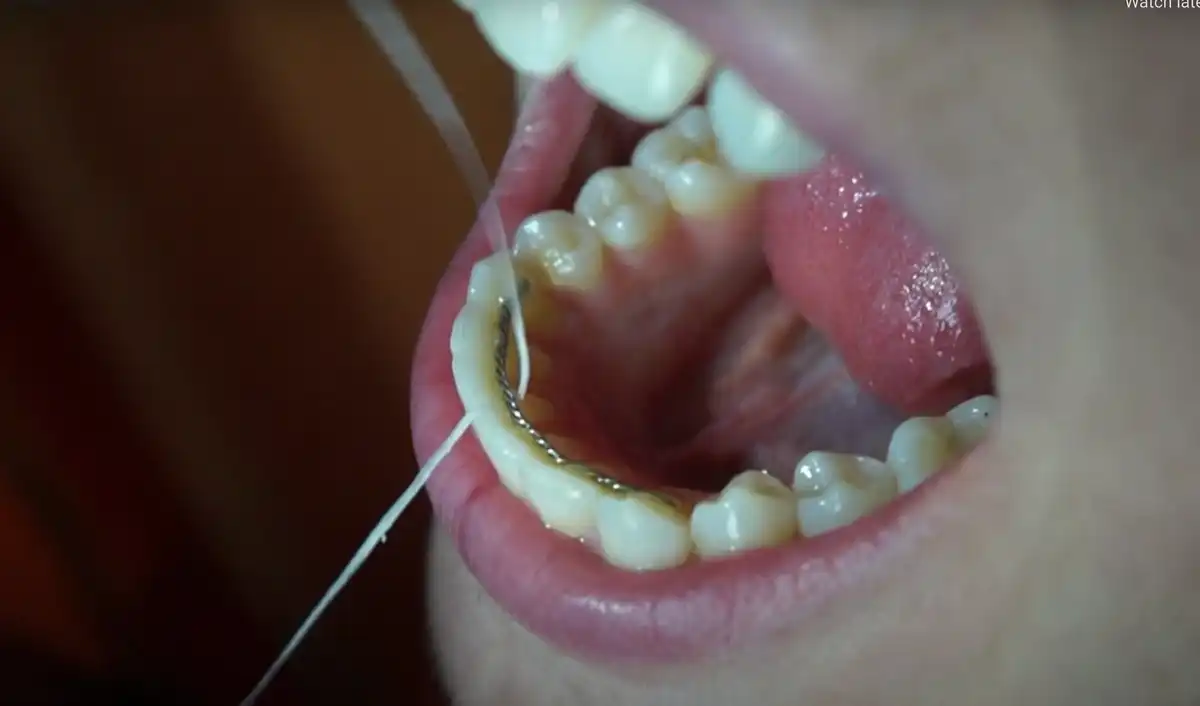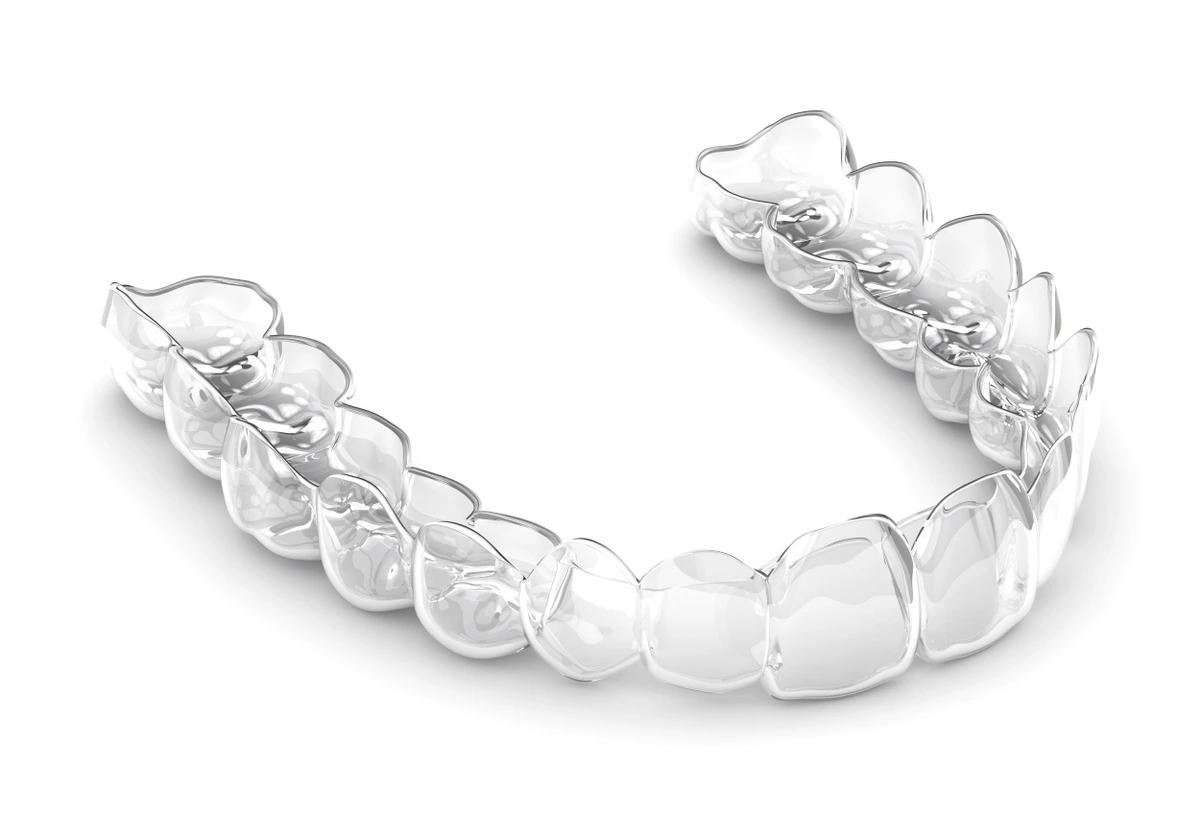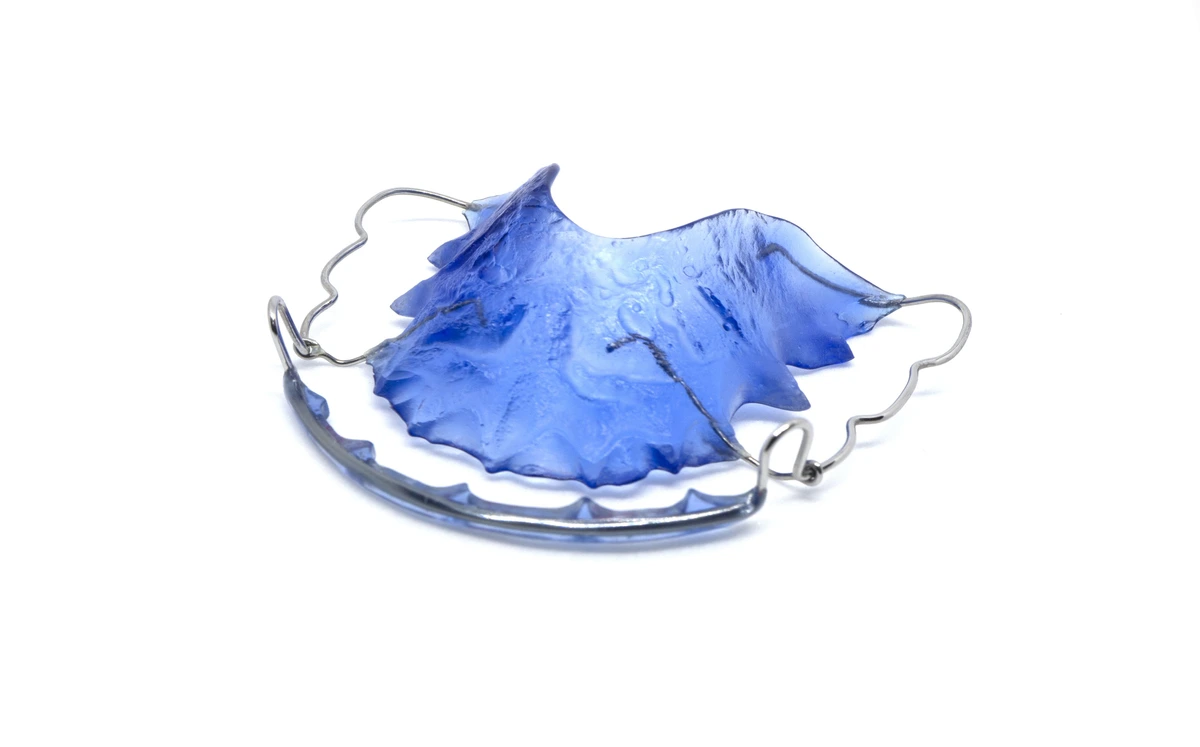How To Clean Your Retainer | 4 Easy Tips & Tricks


Cleaning your retainer daily is just as important as cleaning your teeth. Cleaning your retainer daily will help you to maintain your overall oral hygiene and prevent cavities, tooth sensitivity, gum diseases, swelling, redness, etc.
All the points in this article are for general knowledge. If you are going through any dental problems with your retainer, please consult your dentist or orthodontist immediately. Your dentist/orthodontist will give you special instructions and tips to maintain your retainers and overall oral hygiene.
How To Clean Your Retainer
Cleaning your retainers is equally important as cleaning your teeth. Every time you are brushing your teeth, brush your retainers too. Just like your teeth, retainers too attract food particles and results in plaque formation.
Most people, who wear retainers on a regular basis, do not know the exact method to properly clean them. You simply clean your teeth by brushing with toothpaste. However, this is not the same for retainers.
Here are four easy steps to help you understand how to keep your retainers clean:
1) Rinse Thoroughly
As soon as you remove your retainer from your mouth, rinse with water (never use hot water). While it’s still wet, rinse and use your fingers to help remove any debris. It’s good to rinse right away since the debris can harden making it difficult to clean. You should also rinse after every meal.
2) Brushing
Gently brush your retainer, never scrub. Always use a soft-bristle brush with mild dish soap. Never use toothpaste - it's too abrasive.
3) Rinse Again
Once brushing is done, your retainer is free from debris and bacteria. Now rinse them thoroughly with water (never use hot).
4) Air Dry
After gentle brushing, let the retainer dry on your countertop. Once dry, place into retainer case.
If you’re having a hard time cleaning your retainer, ask your dentist or orthodontist about specific care instructions because every oral appliance can require different care.
Cleaning By Retainer Type
There are many kinds of dental retainers and each one can require different care instructions.
Clear Plastic Retainers

Clear plastic retainers are removable from the mouth and hence they can be cleaned every day.
- Once you take out your retainer, try to clean it immediately since this will help to clean the debris before it hardens up.
- Gently brush the retainers with a soft bristle brush and Luke warm water.
- Avoid toothpaste since most drugstore toothpaste is abrasive and can damage the surface of the retainer. Use a gentle soft soap.
- Try to use a cotton swab to clean hard-to-reach places. Cotton swab helps to remove debris from the deepest grooves.
Hawley Retainers

The Hawley retainers are one of the oldest types of retainers used post orthodontic treatment. Made up of plastic and metal material, these retainers are also removable. So the cleaning process for these retainers is the same as for plastic retainers.
Every time you take them, try to clean them thoroughly and then put it back inside the mouth.
Hawley Retainers are mostly made up of metal wiring; hence it's better to keep them away from any chemical product!
Bonded Retainers

Bonded retainers are fixed retainers that are attached to the teeth structure and are not removable.
Generally, these are made up of metal wires and they have the highest chance of plaque formation. The only way to keep them clean is by brushing and flossing daily.
Flossing with Permanent Retainer Tips:
Take a 6-inch floss along with a floss threader and hold one end of the floss with fingers and the other with the threader.
- Next put it under your retainer wire and slide it in to and fro motion. The floss gently moves below the gum line and removes the debris and food particles from between the teeth and the gums.
- Move it sideways also to clean from every angle.
- Repeat the same process in between every tooth that is attached to the bonded retainer.
4 tips for removable retainer care
Not every product that is available in the market is good for your retainers. A product that you use for your teeth might not be applicable or good for your retainer. So here are a few tips to ensure your retainer is long-lasting and hygienic.
1) Choose The Right Kind of Products to Clean Retainers
- Toothpaste is too abrasive for your retainer. Most toothpaste contains an abrasive compound that can damage the surface of the retainer. So try to go for soft soap, do not choose a scented soap.
- Perfumed or scented soaps will taste bad when you put the retainer back inside the mouth.
- Hard toothbrushes can scratch and damage the outer surface of the retainers. So use a soft bristle toothbrush to gently clean your retainer.
- Use an alcohol-free mouth wash if you are wearing retainers or night guards. Alcohol is not good for your retainers.
2) Don’t Use Heat In Any Form
- Exposure to heat like boiling water or microwave can damage your retainer completely. Most removable retainers are made up of plastic material, which can melt or get damaged to heat exposure.
- Always use cold water for brushing or cleaning your retainers.
3) Don’t Use Harsh Chemicals
- Chemical exposures are too harmful to retainers. Retainers are something that is made up of artificial material and are meant to stay inside the mouth. Any kind of harsh chemicals might react to the retainer. Harsh cleaning agents might be absorbed by the retainer and dry it out. Consult your dentist or orthodontist before using any chemical solution!
4) Clean Your Retainer Case
- Cleaning the retainer case is equally important as cleaning your retainer. Every time you put back the retainer inside the case make sure the case is cleaned thoroughly.
- How to clean retainer case:
- Scrub the surface of the case with soapy water and then rinse it thoroughly.
- Pat dry it and put your retainer back inside it. This step is important because
Risks Of Poor Retainer Maintenance
Note that retainers are almost a part of your mouth when you start using them. They are put on even when you are eating or drinking. So it will keep on accumulating food particles and bacteria from your mouth while you are wearing it. If this dirt and food particles are not cleaned from time to time, it will surely result in plaque formation and the retainer will smell and taste bad.
It has been reordered that people who don't clean their retainer frequently are more likely to have cavities, tooth sensitivities, and gum diseases.
If retainers are kept unclean for a long period of time, more and more plaque keeps on forming on the retainer. As a result, this plaque formation affects the nearby areas in the mouth and in the worst-case creates an infection. Once there is an infection in the teeth roots or the gums, it will result in redness, swelling and cause severe pain in both gums and tooth roots.

Make your inbox smile!
Subscribe





